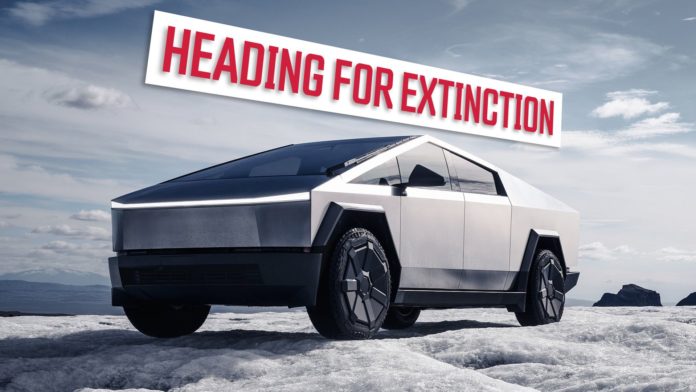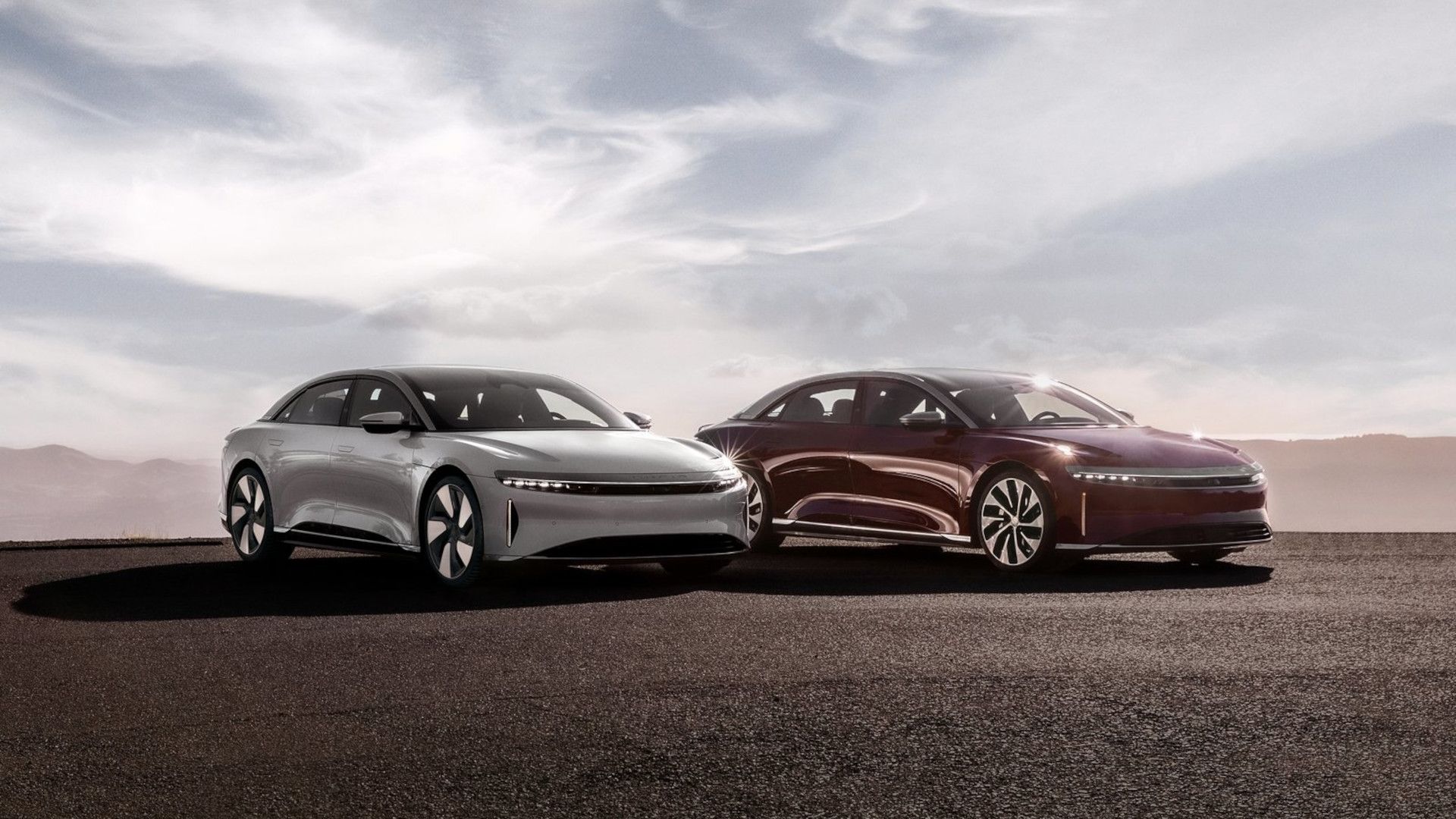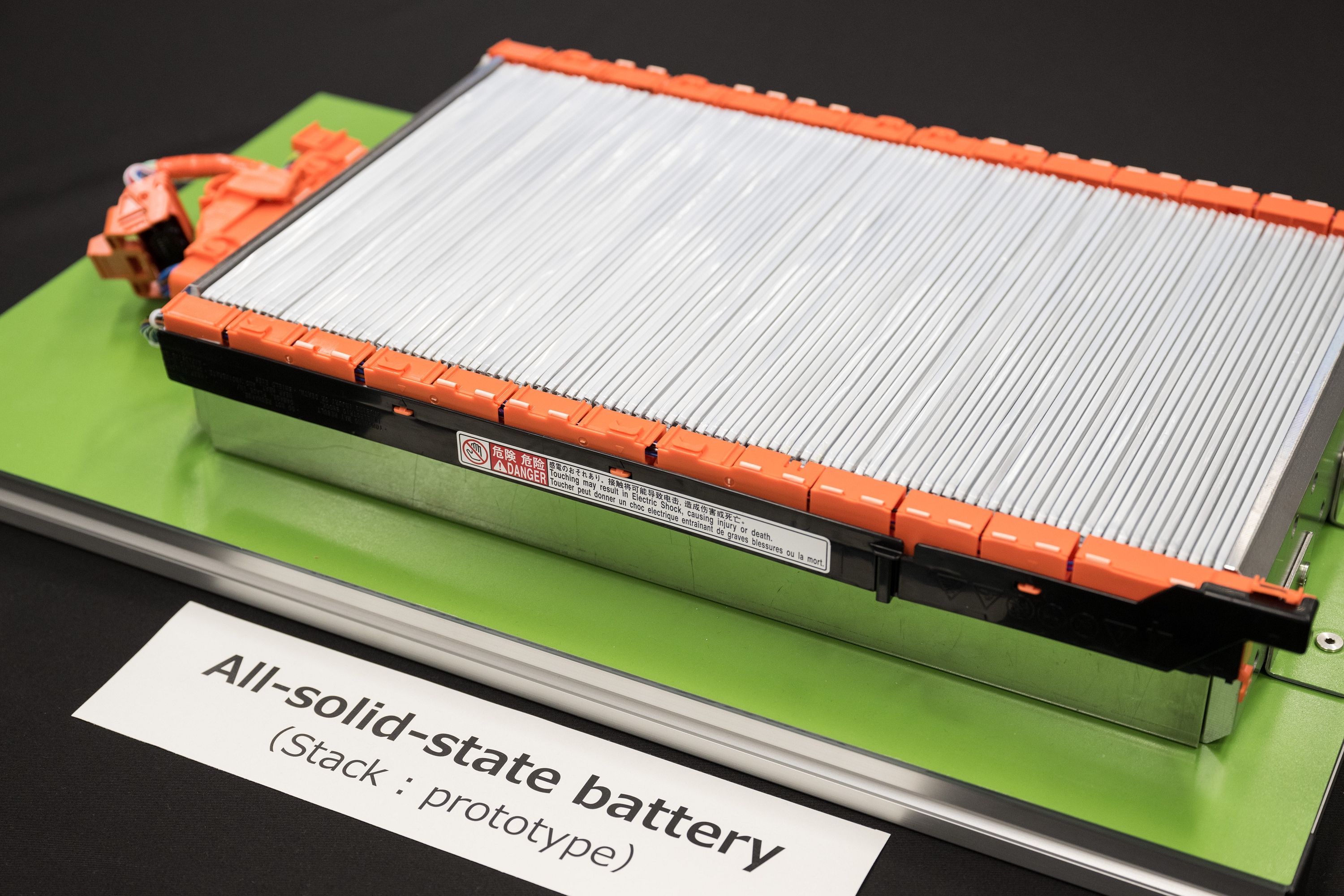Key Takeaways
- Aerodynamics play a crucial role in the efficiency of electric cars, and electric trucks don’t have the greatest results in this department.
- Despite impressive outputs, electric trucks that tow and haul lose out on range – and the solution to this will only hamper pricing and performance further.
- The cost of large battery packs contributes to the high price point of electric trucks, making affordability a major obstacle for future success.
At the recent Goodwood Festival of Speed, I had the opportunity to sit down and have a casual chat with Lucid’s CEO, Peter Rawlinson. Rawlinson is a fairly outspoken person, but not nearly as much as the CEO he used to work for. You see, Rawlinson was the Vice President and Chief of Vehicle Engineering for the Tesla Model S, a car that represents another Ford Model T moment in the automotive industry. Nobody really cared about EVs until the Model S launched in 2012, and after that, every legacy automaker was forced to catch up. Sorry, Tesla fanboys – every time you badmouth a Lucid, you’re talking smack about the actual man responsible for making Tesla the colossus it is today.
2:10
Related
2025 Rivian R1T vs Tesla Cybertruck: Battle Of The Quirky Electric Pickup Trucks
Electric pickups are having a moment- let’s compare two of the leading models.
Rawlinson and I discussed many things, including his goal of selling one million cars per year. Obviously, his empire needs to grow a bit bigger than the Lucid Air and Gravity for that to happen, but there are models in the pipeline that will help that realize. If you were hoping for a Lucid electric truck, you’re out of luck. Using some very basic math, which we’ll share with you, Rawlinson explained why the electric truck business model isn’t sustainable. We know it’s a bold claim to make, but the science and economics involved lead me to believe that these trucks will eventually fail unless significant improvements are made using technology that just doesn’t exist yet.
But let’s break it down into categories to better understand why the Cybertruck, F-150 Lightning, R1T, Hummer, and Ram 1500 REV may all be speeding toward a cliff.
Aerodynamics
Aerodynamics is a complex subject, but we can boil it down to how air behaves when it flows over something. In the automotive world, a moving car punches a hole through the air, so you want it to be as slippery as possible. The less aerodynamic it is, the more energy is required to force the car forward through the air. We measure aerodynamic efficiency using a value called the drag coefficient, measured as Cd. The lower the number, the more efficient a car is. The most aerodynamic production car ever is the Volkswagen XL1, with a drag coefficient of 0.189 Cd.
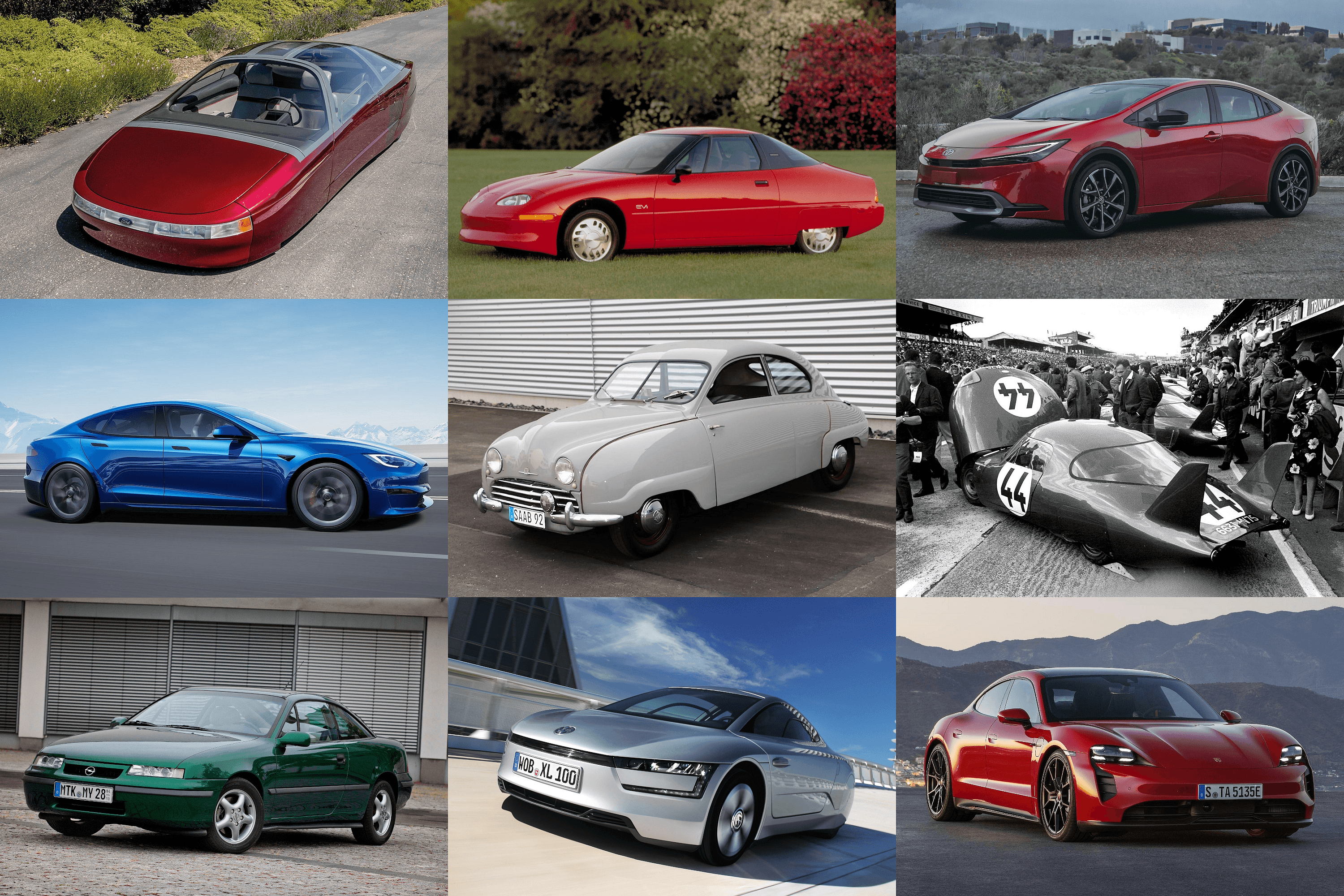
Related
Most Aerodynamic Cars: Exploring The Pioneers Of Automotive Aerodynamics
We look at some of the industry’s cars made to slice through the air.
Aerodynamics is the reason why most EVs look like half a boiled egg. Or a molten blob, as one of our senior road testers likes to say. For reference, look at Mercedes-Benz’s entire EQ range. But pickup trucks are different because they have to stick with a design recipe that was cemented decades ago. As a result, this is what their drag coefficients look like as of August 2024.
- Rivian R1T: 0.300 Cd
- Ram 1500 REV: 0.340 Cd
- Tesla Cybertruck: 0.384 Cd
- Ford Lightning:0.463 Cd
- GMC Hummer EV Pickup: 0.500 Cd
Basically, what we’ve learned so far is that the Cybertruck has no reason for being so ugly. We just assumed it was aerodynamic efficiency that drove designers to make it look so, well, strange, but when it comes to EV trucks, Rivian is at the top of the pile. Now, before everyone gets too excited, let’s put the figures above in context. The Cadillac Escalade, which is literally a brick on wheels, measures in at 0.363 Cd. The Toyota Camry, which is the best-selling sedan in the USA, already had a drag coefficient of 0.28 two decades ago.
What have we learned from this? The basic concept of an electric pickup truck is flawed because the basic design of a truck is aerodynamically flawed. You can make some enhancements, but even in a best case scenario, an electric pickup truck is no more efficient than a Camry from 20 years ago.
Energy Efficiency
We spoke to Rawlinson shortly after Lucid announced that the Air Pure received an EPA-certified rating of 146 MPGe, which matters little to the talkative CEO. We’ve known for a while that miles per gallon equivalent is an extremely silly way of measuring the efficiency of electric vehicles. The real measurement we should be using is miles per kilowatt-hour (mi/kWh), which Lucid made sure to include in the press release.
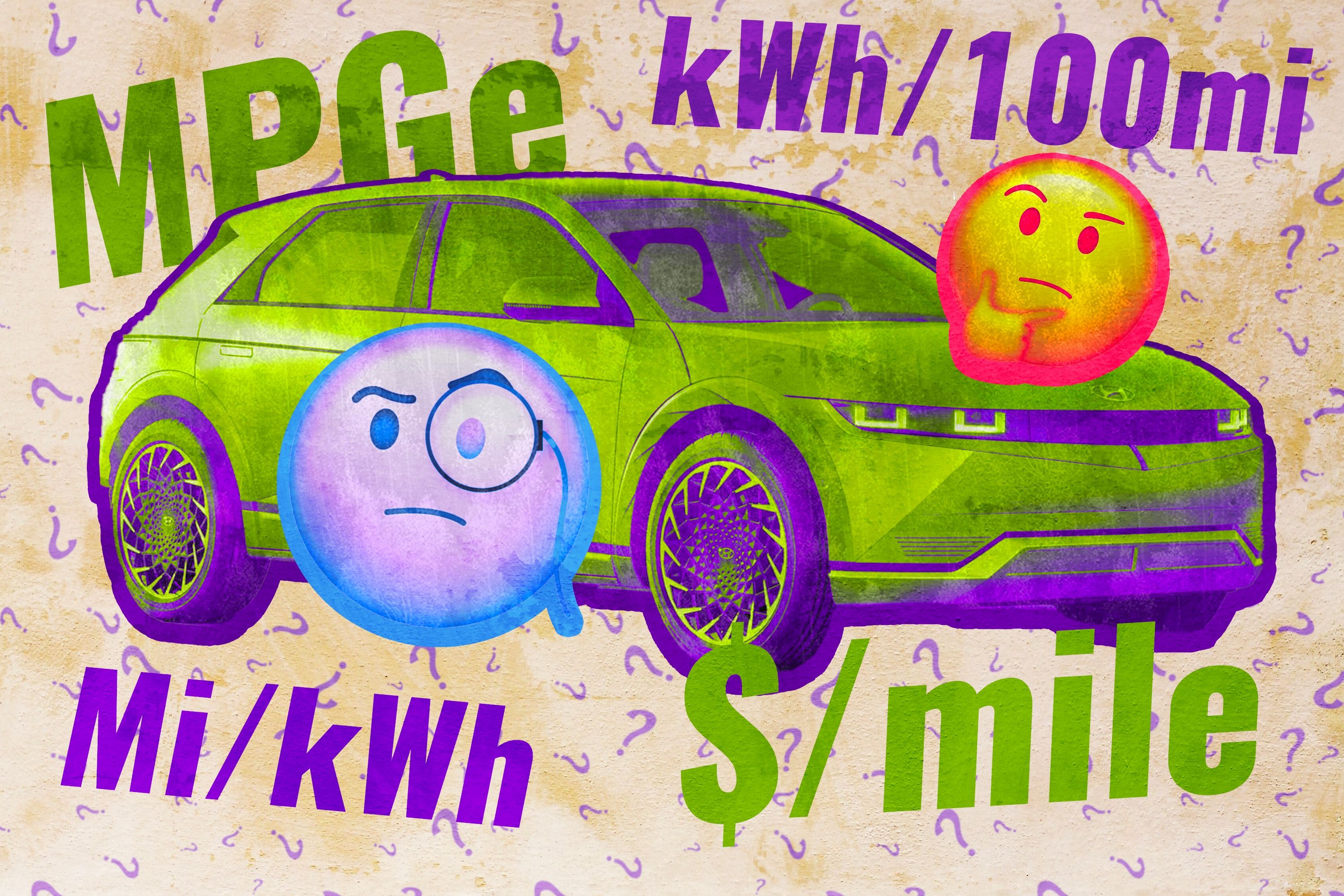
Related
Americans Are Measuring EV Mileage All Wrong
There’s a simpler, far superior way to calculate EV energy efficiency.
The latest Lucid Air Pure achieved a record of 5 miles per kWh from its 84 kWh battery, which translates to a range of 420 miles. According to Rawlinson, who has obviously done his research on the topic to see whether there is a case for building an electric truck, the average miles per kWh for all the models we’ve mentioned so far is between 2.2 and 2.6 miles per kWh. The largest customer claim we could find online was from a Tesla owner, who reported 3 miles per kWh. Remember these figures because they’re important as we segue into our next topic. According to Rawlinson, these figures fall by at least a third when an electric truck tows something, which is why we’ve seen such negative reports on the subject filter through.
2:33
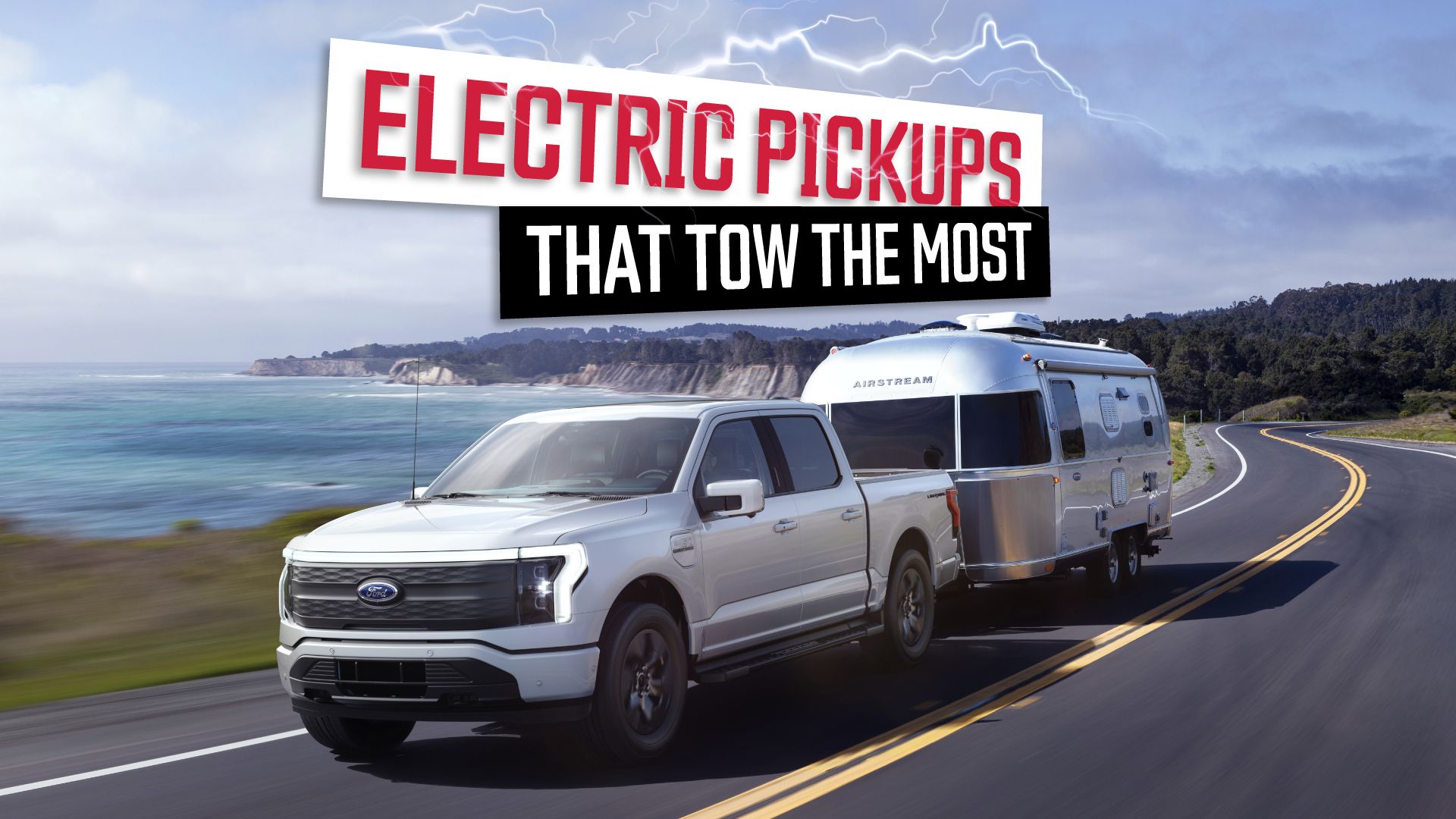
Related
How Much Every Current And Upcoming Electric Pickup Truck Can Tow
None of these all-electric pickup trucks disappoint in terms of sheer towing specs.
The Battery Pack Sizes Required
The fewer miles you achieve per kWh, the larger the truck’s battery needs to be. That’s why the Hummer EV uses a 246 kWh battery, of which only 212 kWh is usable. The Extended Range battery in the Ford is 131 kWh, while the Max Pack option for Rivian is 149 kWh. We left the Rivian for last because we can make an interesting comparison between it and the Lucid Air Pure. The Dual Max R1T with the Max Pack can go 420 miles between recharges, which is the same range as the Lucid. Yet the Lucid uses an 84 kWh battery. Basically, the Lucid can travel the same distance using roughly 56% of the Rivian’s battery capacity. This is the main reason why electric trucks are so heavy.

Related
Scientists Use Rivian R1T To Demonstrate EVs Are Too Heavy For Highways
American guardrails are not strong enough to stop a 7,000-pound pickup truck.
The battery is by far the heaviest component of an electric vehicle, and even a small EV like the base Tesla Model 3 weighs 3,891 pounds. That’s roughly 800 lbs more than an Acura Integra sedan, which is roughly the same size.
Why does this weight matter? A fascinating study called Pounds That Kill, found that the baseline fatality probability increases by 47% for every 1,000-pound difference between your car and the car it collides with. So, if you’re driving a 3,000 lbs Integra, the probability of you being killed when hit by a 9,000 lbs Hummer EV increases by 282%. And electric trucks are significantly heavier than electric sedans.

Add CarBuzz to your Google News feed.
Why These Trucks Won’t Ever Be Affordable
Batteries cost a lot of money to produce. According to Visual Capitalist, the cost of a Ram 1500 REV’s battery pack is $25,853, which is nearly 32% of the cost of the car. As we demonstrated, this is not a cost the automakers can get away from. Because their vehicles are aerodynamically flawed, they need larger battery packs. The larger the battery pack, the more a car costs. It’s basic economics. That’s why all of these trucks cost near or over $100,000 if you opt for the model with the most range and most features.
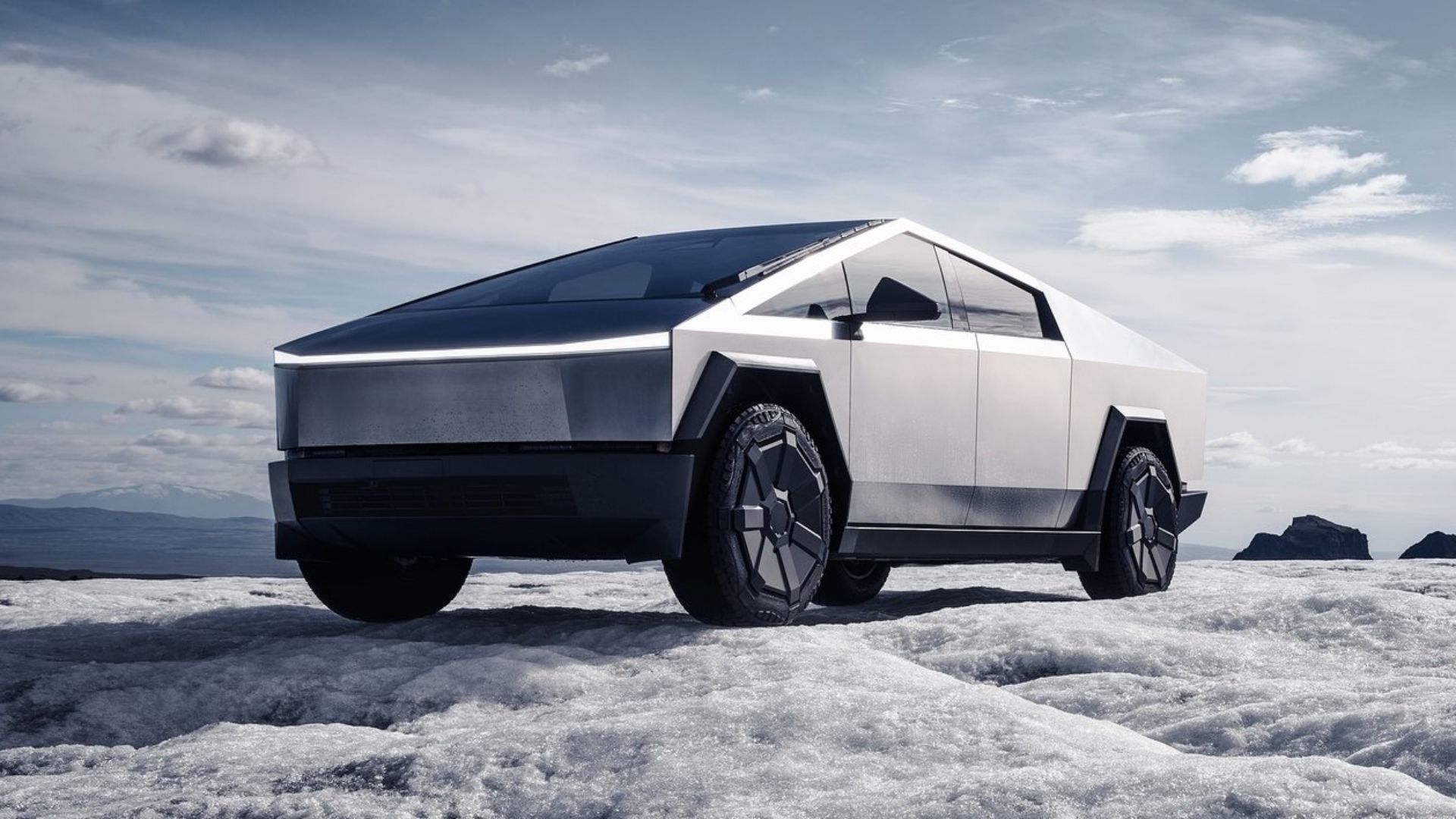
Related
The Affordable Cybertruck Dream Is Dead, At Least For Now
Tesla’s cheapest Cybertruck variant has disappeared.
Only Next-Gen Technology Can Fix The Issues
There are only two ways we can fix this problem. One, automakers can build trucks with smaller batteries, and customers would have to be happy with 100 miles of range, but that’s just not going to happen. Or two, automakers need to use solid-state batteries, and as we’ve seen from recent reports, these batteries won’t become a viable solution until 2030. And even then, these next-gen batteries will only start filtering through slowly, most likely on high-end models.
Until then, we’re stuck with $100,000 trucks that aren’t really any good at all the stuff trucks are supposed to do. Sure, they can sprint to 60 mph in 3.0 seconds, but nobody was really asking for that. Trucks are for hauling and towing, and we know how that decreases range. With all of the above in mind, I just don’t see EV pickup trucks having a future. These things are on the same path as the Dodo.

